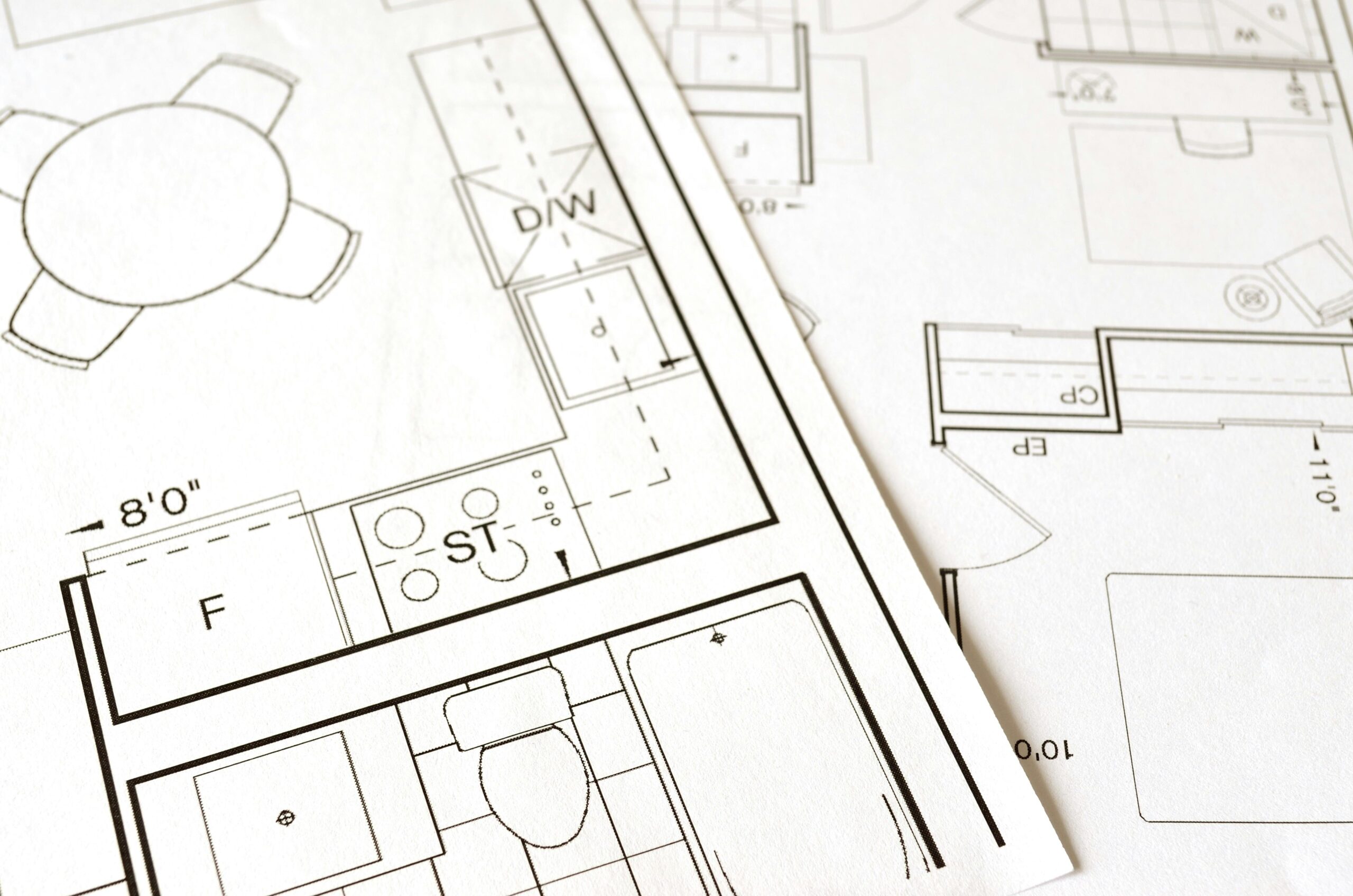Embarking on a construction or renovation journey involves multiple professionals whose expertise and coordination are essential for success. Establishing productive relationships with your architect and builder lays the foundation for a smooth process and satisfying results. This article offers guidance on fostering effective communication, setting clear expectations, resolving conflicts, and maintaining positive working relationships throughout your construction project. Whether you’re building a new home or renovating an existing space, these strategies will help you manage your home renovation team with confidence and clarity.
Establishing Clear Communication Channels
Effective communication forms the cornerstone of any successful construction project. From the initial planning stages, establish regular meeting schedules with both your architect and builder. Consider creating a shared digital workspace where documents, plans, and updates can be accessed by all parties. When working with architect builder teams, specify your preferred communication methods—whether email for documentation purposes, text messages for urgent matters, or phone calls for complex discussions. Remember that clarity in communication helps prevent misunderstandings that could lead to costly mistakes or delays. Set expectations about response times for questions and concerns, and maintain a communication log to track important decisions and changes throughout your project.
Defining Roles and Responsibilities
Before construction begins, ensure everyone understands their specific roles and responsibilities. Your architect typically handles the design, ensuring it meets building codes and your aesthetic preferences, while your builder executes the physical construction. However, these roles may overlap or include additional responsibilities depending on your specific arrangement. Create a responsibility matrix that clearly delineates who makes decisions about what aspects of the project. This approach minimizes confusion and prevents situations where tasks fall through the cracks. When you clearly define roles at the outset, you’ll find it easier to manage your home renovation team throughout the project timeline.
Setting Realistic Expectations
One of the most common sources of friction in construction projects stems from misaligned expectations. Be forthright about your budget constraints, timeline needs, and quality standards from the beginning. Ask your professionals to explain what’s realistic given these parameters. Request detailed contracts that specify deliverables, payment schedules, and project milestones. Understanding the inevitable challenges in construction—weather delays, supply chain issues, or unexpected structural discoveries—helps you maintain perspective when complications arise. AskHomey recommends creating a contingency budget of at least 10-15% beyond your estimated costs to accommodate unforeseen expenses, which helps manage expectations when adjustments become necessary.
Handling Design and Construction Changes
Changes during a construction project are virtually inevitable. Establish a formal change order process that documents any deviations from the original plans, including cost implications and timeline adjustments. Discuss with your team how changes will be communicated and approved before construction begins. Understand that even minor modifications can have ripple effects throughout your project. When you request changes, ask your architect and builder to explain the potential impacts on budget, timeline, and other design elements. This proactive approach to managing changes helps maintain trust and transparency throughout your construction project.
Resolving Conflicts Constructively
Despite the best planning, disagreements may arise during your project. Address issues promptly rather than allowing them to escalate. When conflicts emerge, first refer to your contract for guidance on dispute resolution. Approach discussions with a problem-solving mindset rather than assigning blame. Listen actively to your professionals’ perspectives—they bring valuable experience to the table. For significant disputes, consider bringing in a neutral third party to mediate. Document all discussions about disagreements and their resolutions to maintain a clear record. Remember that constructive conflict resolution strengthens working relationships and often leads to better solutions for your project.
Maintaining Positive Relationships
Building a positive rapport with your architect and builder creates an atmosphere where everyone feels valued and motivated to deliver excellent work. Acknowledge good work and express appreciation for extra efforts. Respect your professionals’ expertise while maintaining appropriate oversight of your project. Simple gestures like providing refreshments during long meetings or site visits can foster goodwill. Be responsive when decisions are needed from you, as delays in your responses can impact the project timeline. When working with your architect builder team, remember that these relationships may extend beyond your current project—maintaining professional courtesy can benefit you in future endeavors.
Conducting Regular Project Reviews
Schedule regular project reviews to assess progress, address concerns, and celebrate milestones. These meetings provide structured opportunities to ensure the project remains aligned with your vision and expectations. Use these sessions to review budgets, timelines, and quality standards. Walk through the construction site together to discuss progress and identify potential issues early. These reviews help maintain accountability while providing opportunities to course-correct before small issues become significant problems. Consistent oversight is key to successfully managing your home renovation team and ensuring your project stays on track.
For more tips and to connect with reliable home service professionals, follow AskHomey on Facebook and Instagram.



